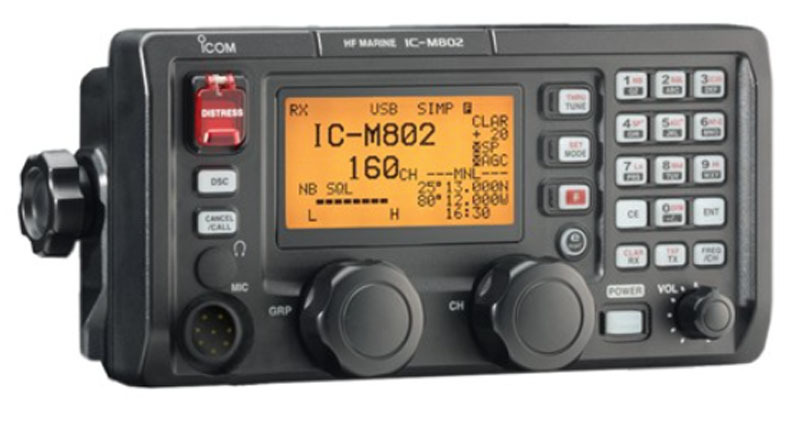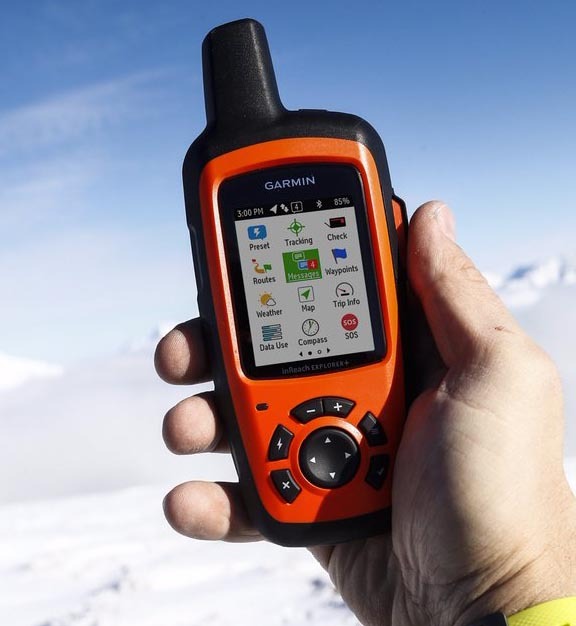
Outfitting Opinions
It’s that time of year when hundreds of West Coast sailors are having to make decisions — some of them quite expensive — about how to outfit their boats for Mexico and perhaps the South Pacific and beyond.
The classic big-money decisions have always been whether to get: 1.) a watermaker, and 2.) a freezer. On the surface, of course, both seem like no-brainers, as there is nothing quite like unlimited freshwater, frozen food and ice on the open ocean. But the downside is that the more complicated a boat is, the greater the maintenance needs — and the greater the problem of being stuck somewhere waiting for critical parts. In addition, it doesn’t make any difference if your freezer or watermaker are in perfect condition if the power source for them isn’t.
When we’ve asked veteran cruisers about watermakers and freezers in the past, there have always been passionate advocates of having one or both or going without either. Different folks, different cruising styles, different budgets.
This year we’re looking for answers about two other important bits of cruising gear: Navigation charts and SSB radio.

©Latitude 38 Media, LLC
We’ve had several Ha-Ha entries ask us which are the best navigation charts for Mexico. The truth is we don’t know, because we haven’t used them all. And having been to Mexico so many times, we actually don’t use charts all that much. When we do use charts, we use Navionics.
As with the paper charts for Mexico, the version of the Navionics electronic charts we use isn’t always accurate. In places along the coast of Baja and around Banderas Bay, our boat is sometimes shown as being a half mile or more inland when we’re actually in deep water.
Fortunately, a lot of the cruising guides to Mexico have accurate GPS positions for critical waypoints and anchorages. These are very helpful. In any event, we’d like to know which navigation program you think is the best for Mexico (an email link is embedded below).
This year’s second big outfitting question regards whether to equip your boat with a SSB radio.
As many readers know, for the first year ever, the Baja Ha-Ha is requiring that each boat have a reliable form of two-way long-distance communication. SSB radio has been the default. But the SSB/Pactor modem combo is expensive, and it takes a lot of work and skill to install so that it works at the optimum level. So for the Ha-Ha, devices such as the Garmin InReach and Iridium Go! are being accepted, as they can provide positions and Twitter-like messages over long distances. There is no installation needed, although you do need at least a basic service contract with Iridium.
But there are those — particularly those who will be continuing on to French Polynesia — who think a SSB is all but essential, such as Kenny Linn, the skipper of the Marina del Rey-based Beneteau 523 Alcyone.
"I was able to read a paper copy of the June Latitude 38 in Papeete," Kenny wrote, " as Andy ‘Mr. Puddle Jump’ Turpin delivered them as part of nice gift bags for participants in the Papeete/Moorea Rally. I found a very brief comment in the Changes section about the 2017 Baja Ha-Ha and the new requirement for long range comms. The Wanderer commented that ‘two of the best devices…are the Garmin InReach and Iridium Go!’
"We’ve been cruising the West Coast of the Americas for three plus years and just completed the Puddle Jump. In our opinion, one of the best tools (if not the best) we have for communication is our SSB radio (we also have a satphone.) We’ve participated in radio nets throughout our travels, and the SSB gives us real time access to other sailors and observers that are not available via the other two devices. At a minimum, we can join established nets which are essentially conference calls, check in for tracking purposes, seek or provide real time help, and understand who is where — not just those that are on the net, but those that can be or have been seen by those on the net.
"On passages, established nets such as the Pacific Seafarers Net and the Maritime Mobile Service Net on 14.300 enter and track your location, and will move mountains if assistance is required — all in real time.
"Several of our group have extensively discussed this shift in system capability, and believe the SSB provides significant benefits over the satellite based systems, and suggest to others not to dismiss the SSB for the ‘cheaper’ alternatives. We know sailors that now, after the Puddle Jump, wish they also had a SSB.
"There is not enough room here for a full fledged comparison, and we will find vigorous proponents for each system, but I’d like to see the Wanderer temper his qualification of ‘best devices’, and simply suggest that there are satellite and radio based systems out there that can satisfy the requirement for ‘long range two-way comms at all times’, and folks should really do their homework if they have to make a single choice. There is significant cruising beyond the Ha-Ha, so don’t shortchange yourself.
"Oh, the best feature of the SSB? After 4000 plus miles and a lot of days, it’s a real treat to match the radio voice to a real boat and face."
There is a misunderstanding here. When the Wanderer wrote "two of the best devices . . . are the Garmin InReach and the Iridium Go!" he was only referring to those types of devices, not including the SSB class. In effect, he was saying he doesn’t recommend the Spot Messenger because it uses ‘bent-pipe’ technology that limits the range it can be used offshore.

©2017Latitude 38 Media, LLC
Indeed, the Wanderer strongly urges a SSB for everyone who can afford it, and especially for those who are going beyond Mexico. As for it being a "real treat" to match a face with a voice after many ocean miles, we’ve been told this over and over by long distance cruisers. In fact, people who have done the Ha-Ha without an SSB, and then done a Ha-Ha with an SSB, said the latter was a much better experience. That’s because in "conference call" format, they could listen to all the reports and banter during the SSB nets when the fleet was offshore.
If possible, the Wanderer recommends both a SSB and either a Garmin InReach or an Iridium Go! It’s the more expensive EPIRB the Wanderer thinks cruisers can do without, as both the InReach and Go! do a better job of being an EPIRB than a dedicated EPIRB — and a whole lot more, too.
So please, if you’re a cruising vet, let us know what you think.
